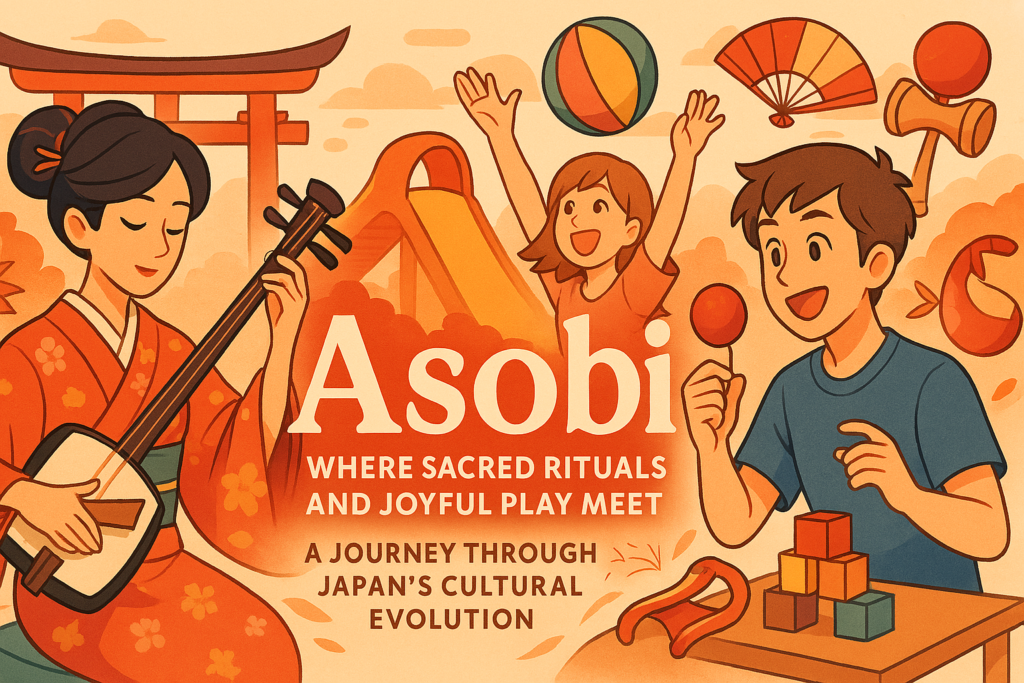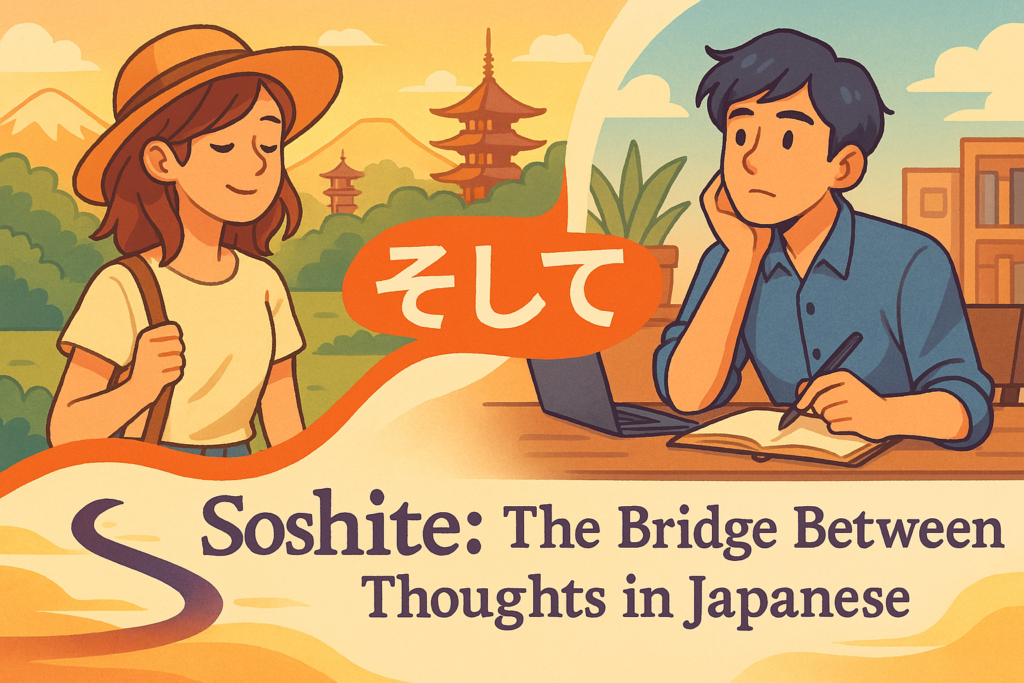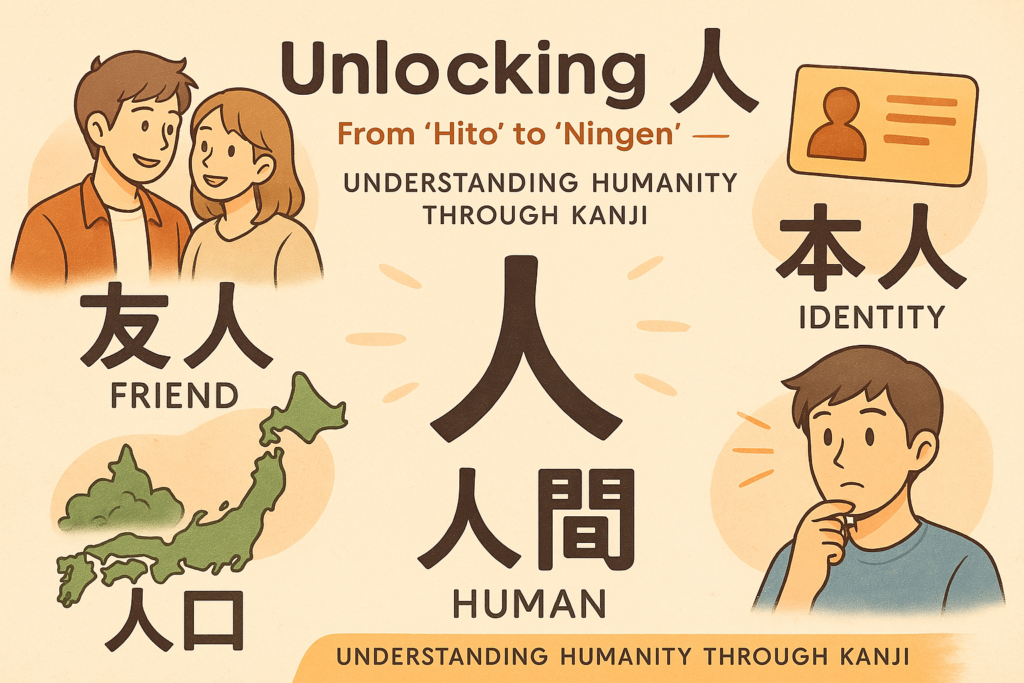Wakatta Meaning Explained with Real Examples
Have you ever watched anime or Japanese dramas and heard characters exclaim “Wakatta!” in moments of sudden realization? Or perhaps you’ve been learning Japanese and encountered this common expression but weren’t quite sure when to use it? Understanding the wakatta meaning in Japanese is crucial for anyone looking to sound more natural in everyday conversations. […]
Wakatta Meaning Explained with Real Examples Read More »




















